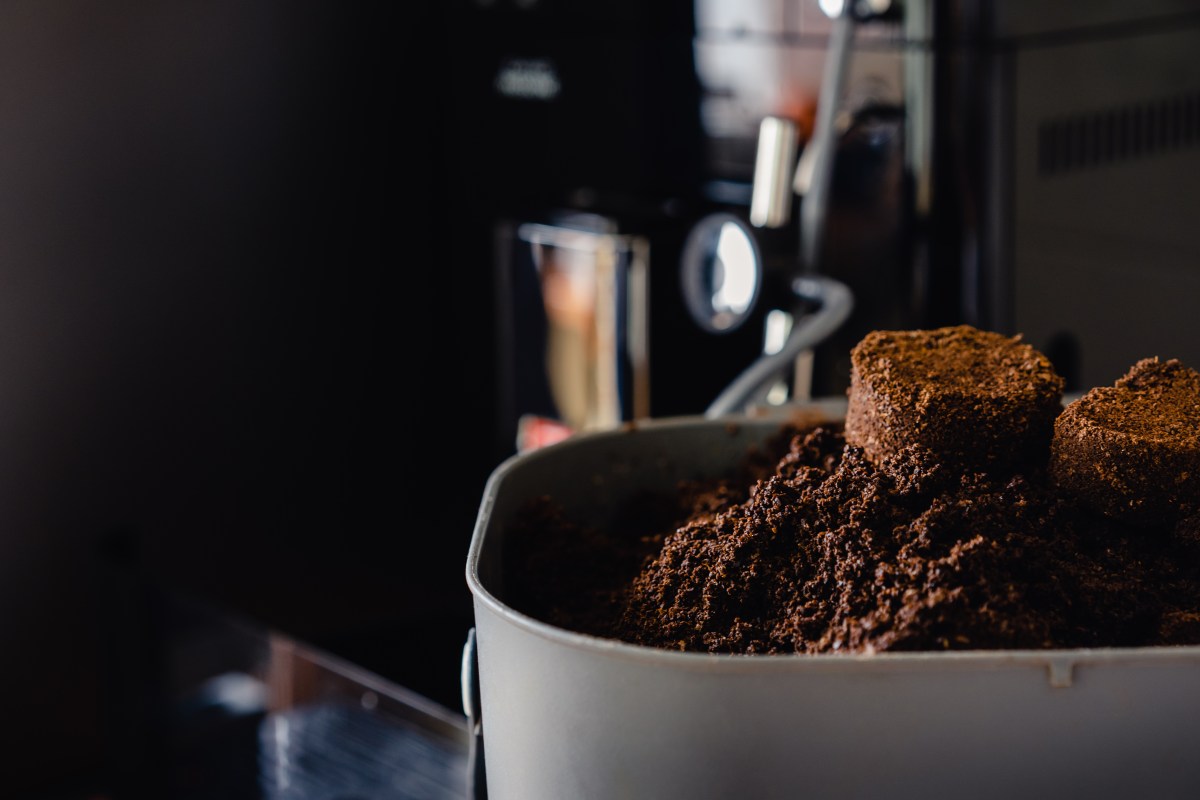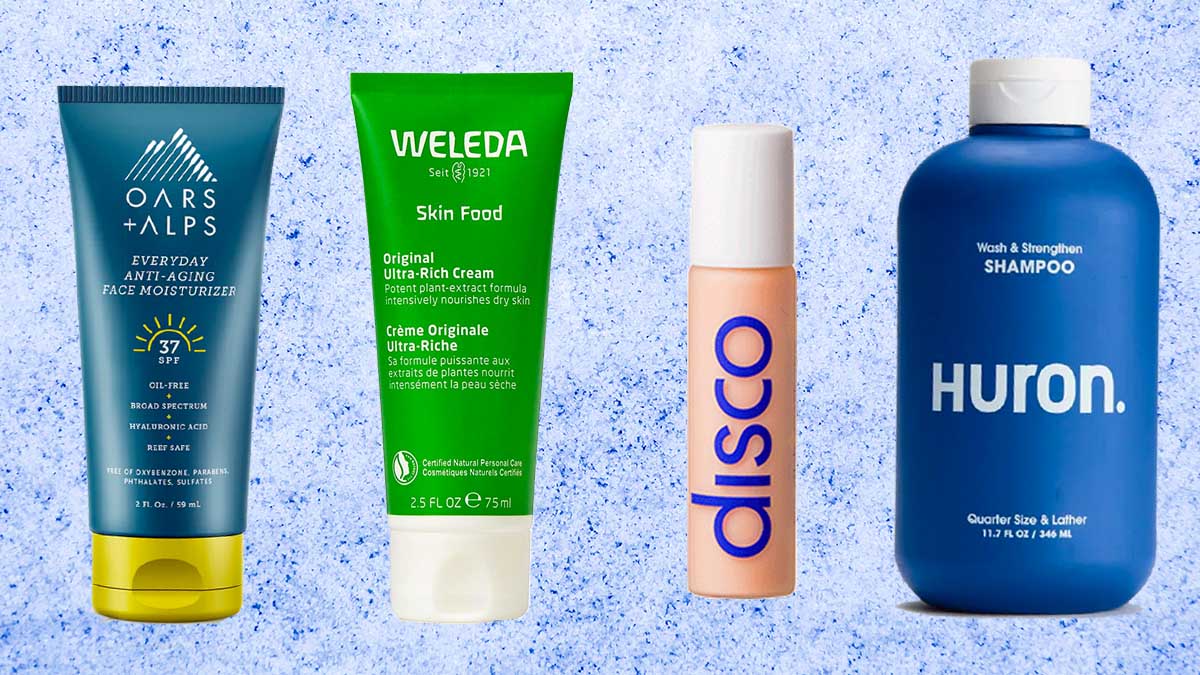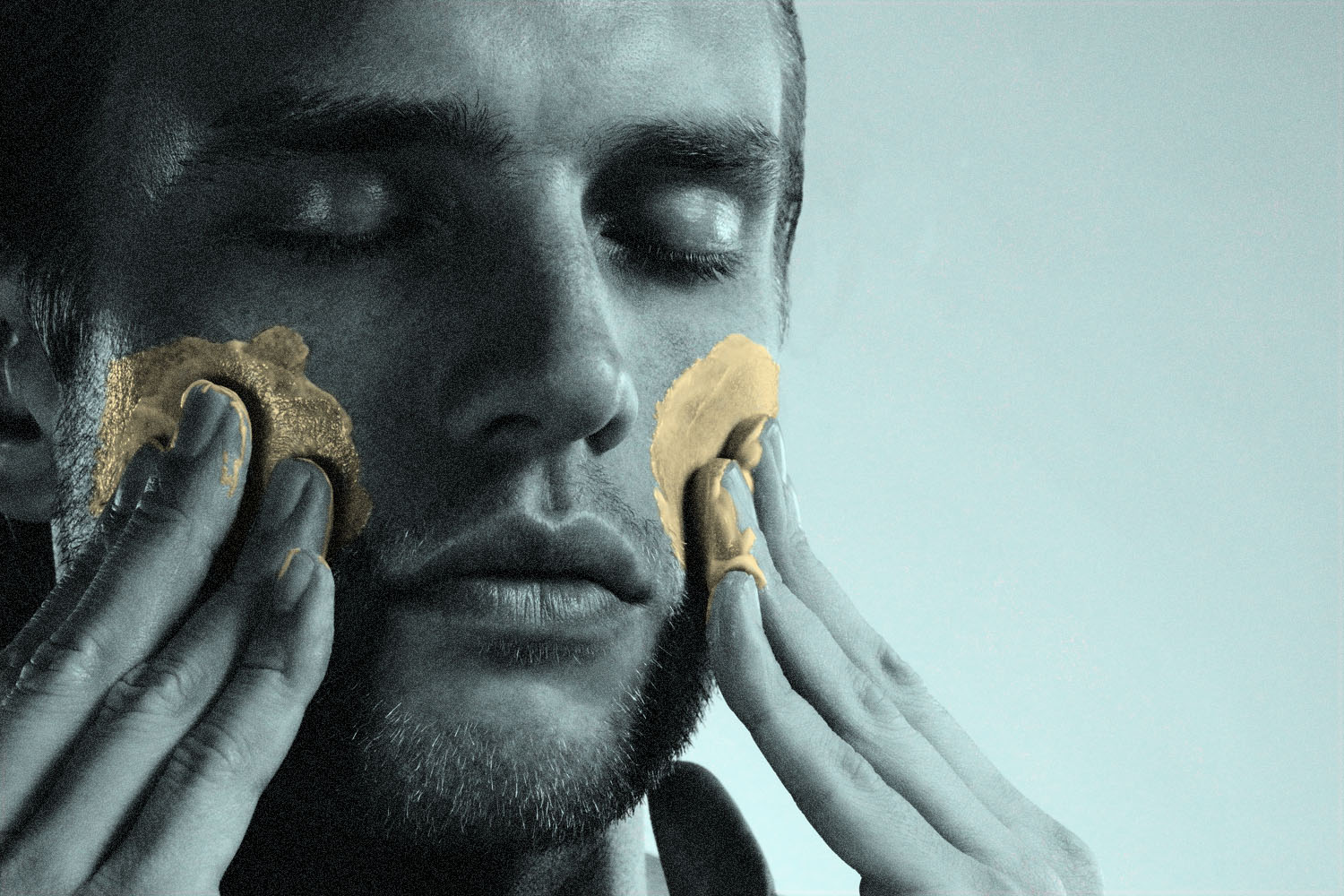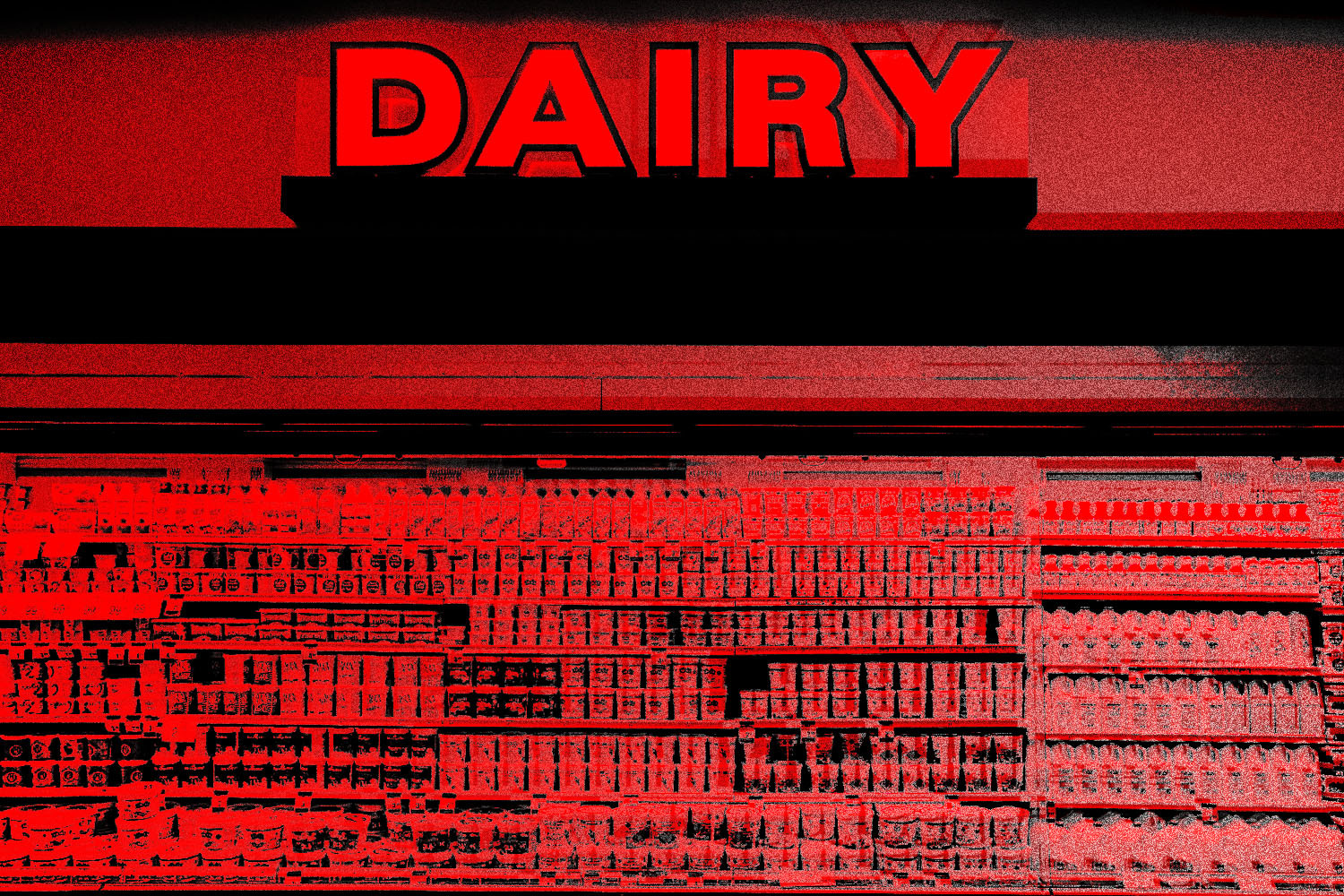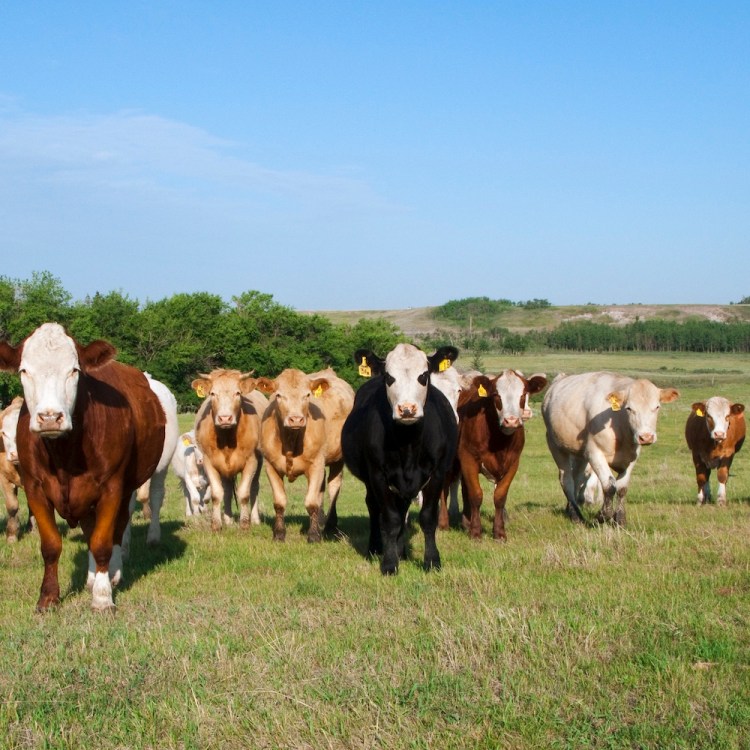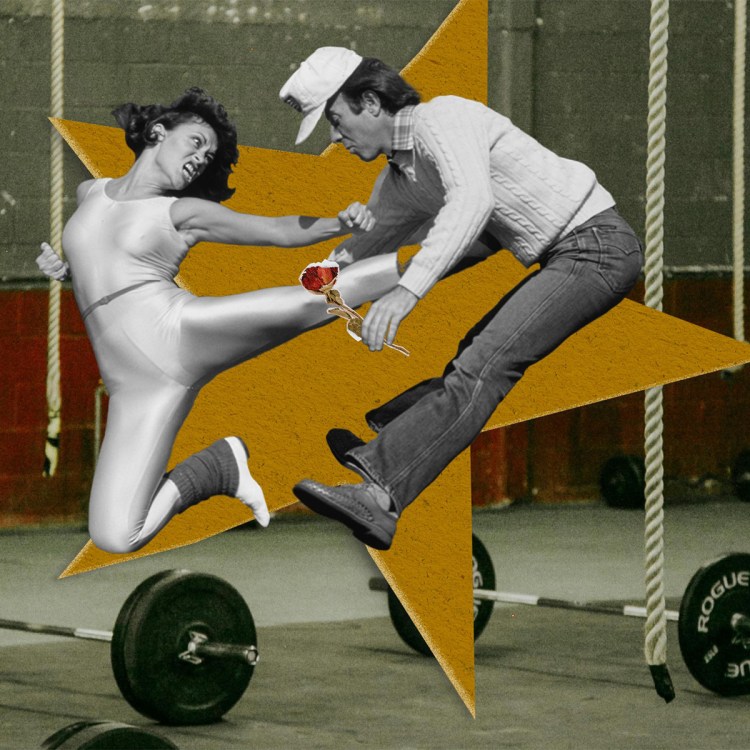You’re sick of being told your morning cup of coffee is a turtle-strangling, rainforest-chopping, atmosphere-microwaving goblet of evil. That’s totally understandable.
But for years now, nearly every step of coffee production and distribution — from sun-grown coffee trees to single-use K-cups — has cut corners at the expense of the planet. And as that planet’s people have no intention of drinking less coffee (check out the steady increase of global coffee production since 2003), it’s important to find little wins where possible, and at least attempt to blunt some of the impact that our caffeinated love affair is having on the environment.
Where should we start? And how can you possibly play a role, considering you don’t make the operating decisions on any of the five million football fields-worth of coffee plantations worldwide?
Consider a different endgame for your coffee grounds. If you make coffee at home, as 79% of American coffee-drinkers do, there’s a decent chance you’re left with a small pile of coarse grounds once the process is through. It’s easy to toss this byproduct in the trash — we’re certainly accustomed to scraping leftover food off our plates, and besides, coffee grounds have a natural look and texture to them, like dirt. What harm could they pose?
A sizable one, unfortunately. Trashed grounds end up in landfills, where they emit methane. The infamous gas of livestock cattle, methane has a greenhouse effect “28 times higher than carbon dioxide,” according to University College London. Methane is really sensitive to warming; it’s responsible for 40% of warming since the Industrial Revolution.
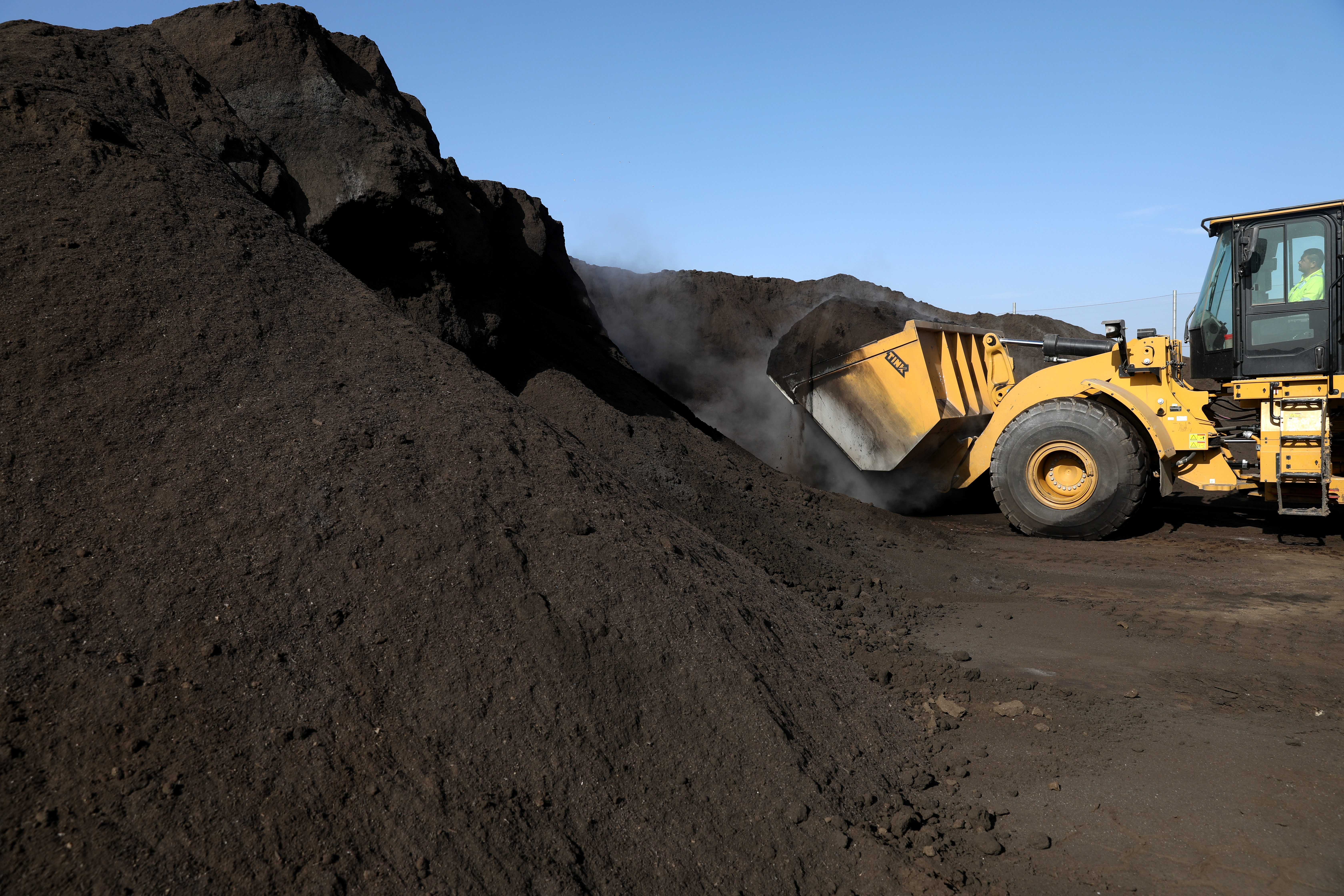
To combat this on an industrial scale, initiatives like bio-bean have sprung up over the last decade and started recycling hundreds of thousands of metric tons of leftover grounds. Amazingly, they’re able to convert the grounds into renewable biofuel.
You don’t have to make a pyrolysis reactor in your backyard. But you could start sprinkling your coffee grounds in your garden or create a quality compost batch. (Away from a landfill, coffee grounds are free to revitalize soil as opposed to polluting the sky. You can thank their rich supply of “bioactive micronutrients”: nitrogen, calcium, potassium, iron, phosphorus, magnesium…you name it. Coffee grounds are also capable of facilitating a variety of random tasks: like growing mushrooms (a trending diversion we wrote about here), cleaning fireplaces, tenderizing meat, ridding pets of fleas or scraping down pans.
Worthy chores all of them, with some more personally fulfilling than others. And for better or worse, fulfillment is a salient, unavoidable factor when considering our individual willingness to do something for the planet. That Mother Earth relationship is always at least mildly transactional. Consider the recent rise in bidet use, which on average, cuts toilet paper waste by 75% (a dramatic statistic, considering that it takes six gallons of water to create a single roll of toilet paper). Those who swear by them likely took the time to install their unit for a different reason, though. They want clean butts.
And really, who can blame them? If a habit adjustment or addition helps the planet and leaves you feeling cleaner and healthier, that should be celebrated.
Coffee skincare scrubs fit perfectly into this happy medium, as yet another alternative way to dispose of the earthy refuse, without harming the Earth in the process. And for those wary of brewing DIY remedies for anything around the house, much less your body’s largest organ, don’t worry. They’re quick to make, impossible to screw up and when deployed in moderation, give the skin an energetic, all-natural boost.
What goes into a coffee scrub? That’s largely up to you, but in the interest of keeping it simple, mix a half cup of your spent grounds with a quarter cup of olive oil and a few tablespoons of water. The formula blends into a paste that will cling to whatever area of the skin you’re interested in invigorating. That decision is up to you, too, but a natural place to start is your arms, so you can get a feel for how the mixture interacts with your skin.
This is also where you can play around with ingredients; adding brown sugar or rock salt creates a purposely rougher exfoliate, while mixing yogurt, coconut milk or honey into the formula could provide the basis for a ready-made mask. Either way, when you’re done, make sure to gently wash off all the gunk off with warm water.
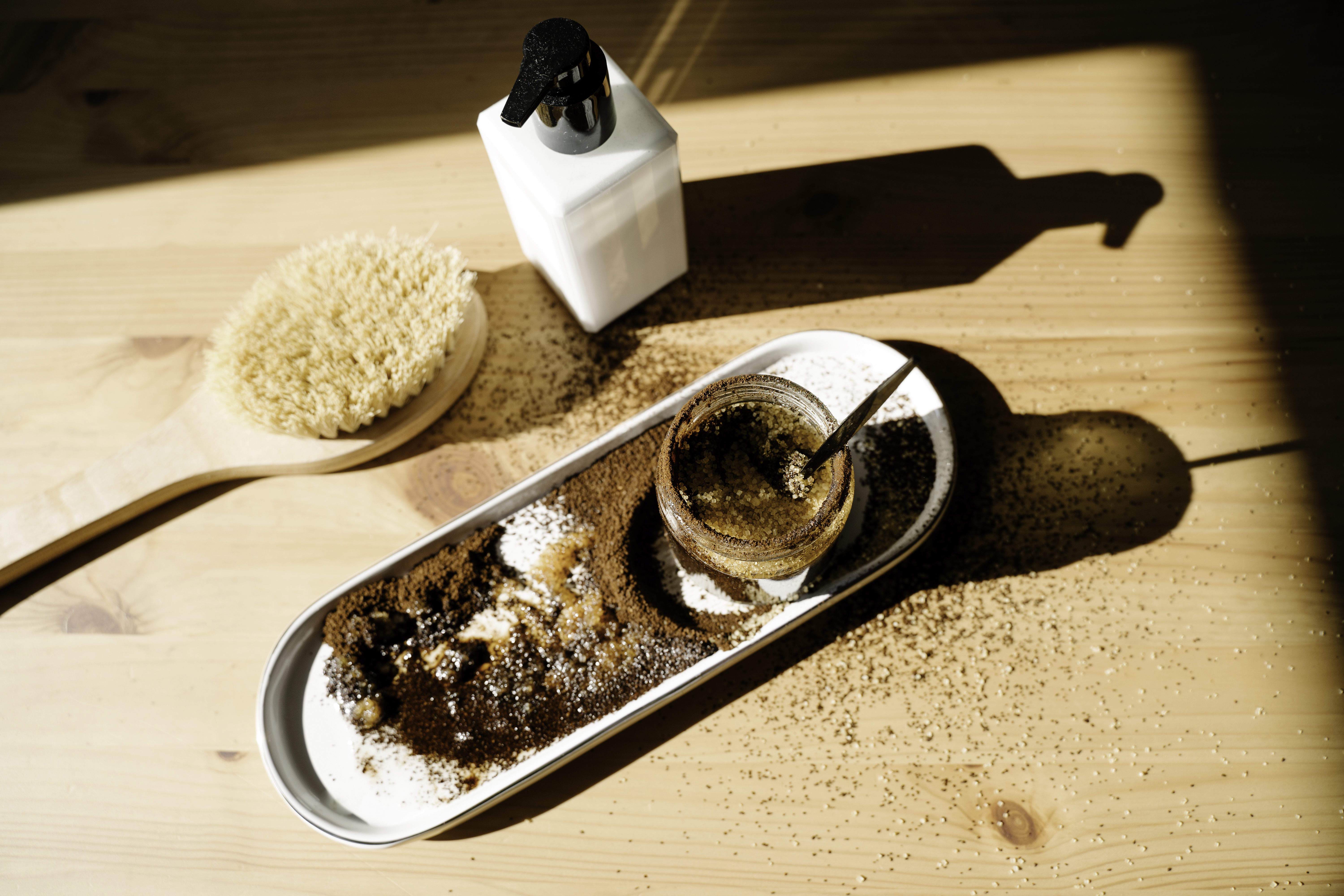
Once you dive into the DIY waters, you might wonder: beyond the environmental mission, why coffee grounds? If so motivated, couldn’t you create a mixture with any of these ingredients sans java?
You could, but you’d miss out on a variety of coffee-specific skincare benefits, like the polyphenols (antioxidant-packed compounds) that fight back against redness and sun spots, the chlorogenic acid that helps unclog pores, or the caffeine that’s credited with reducing cellulite throughout the body and “depuffing,” albeit temporarily, the circles that collect under our eyes as we age.
In other words, coffee’s an unlikely workhorse for the skin. This is of no news to people on dedicated (expensive) skincare regimens; most cosmetics brands worth their Himalayan pink salt now offer some sort of coffee scrub or serum. There’s no shame in going that route, if even just to add a caffeinated eye stick to your morning routine.
A couple caveats, before you steamroll ahead: try to keep your grounds as fresh as possible, in an airtight container. (They’ll grow mold eventually, considering they don’t have preservatives.) And do not make this a daily habit. Coarse coffee grinds won’t just upset your skin if deployed every day in the shower or over the sink — they’ll upset your pipes, too. That’s one problem even Drano can’t fix. But this when used in moderation, this is one opportunity, however inane or inconsequential it may seem, to garner an appreciation for reuse and recycling, while making your skin a bit better and brighter.
The Charge will help you move better, think clearer and stay in the game longer. Subscribe to our wellness newsletter today.
